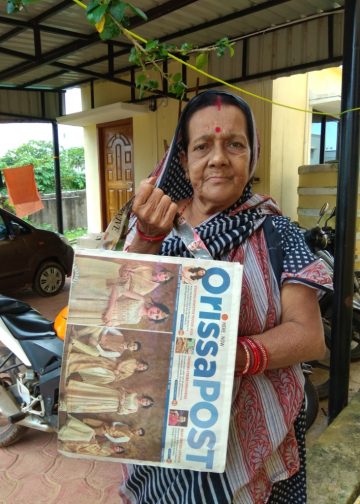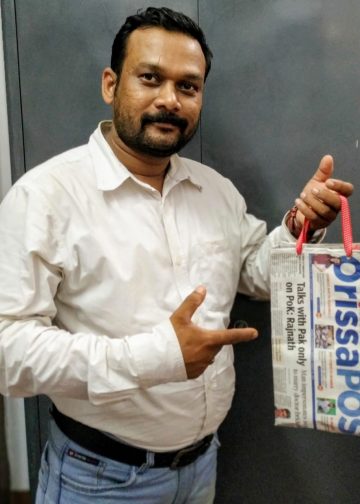After the storm, it’s time for some calm in Kashmir Valley. So it looks like, after the four-month-long disturbances. Violence, curfew, killings, stone-pelting, pellet-firings and complete disorder is all that started in a new rush after the midnight killing of militant leader Burhan Wani in July last.
The fact that annual school board examinations began in Kashmir on Monday, and the abruptly-shut schools are reopening in the border villages, shows the mood in the state is changing for the better, and that peace might now be given a chance, even if for a spell.
Students in large numbers attended the exams for Class X, nearly 50,000 in all, to be followed on Tuesday with more number of students for Class XII. This seems to be a promising beginning for a new phase in the Valley.
Clearly, the mood of absolute hopelessness is now a thing of the past, however temporary. Kashmir has had bouts of unrest in iterations, and this season saw the killing of nearly 100 people and injury to thousands of protesters and security personnel.
The security personnel must have had a hard time, carefully negotiating their way through the troubled situation and trying their best to save themselves from the militants/terrorists.
The Mehbooba Mufti government had its fingers crossed when it decided to hold the board exams, given the belligerent attitude of sections of the youths in the Valley. However, good sense seems to have prevailed on all concerned, if the orderly and undisturbed holding of the examinations on Day One is any indication. Hope is that the rest of the examination process too would be smooth.
There, of late, have also been reports of local populations backing the security forces and isolating militant elements — that’s seen against the mood till a month ago when locals too sided with the militant in the separatists’ fight with the security forces.
This reinforces the feeling that a carrot and stick policy is best suited vis-a-vis handling Kashmir.
Reports that large-scale pumping in of funds is happening in via the hawala route for Kashmiri militants from not only Pakistan but also the Organisation of Islamic Countries — the main hubs for transfer in dollars being Saudi Arabia and Dubai — are not unexpected but disconcerting.
Pakistan’s fake currency printing, as also their circulation in Kashmir Valley and elsewhere in India through shady channels, is well-known. This goes to say the fight against terrorism in Kashmir needs to be multi-pronged.
Reports are also that each terrorist being sent into the Valley through infiltrations along the western border is carrying with him two to three lakhs of rupees, both to bribe security personnel in the event of being caught, and for their personal requirements.
It is also widely known that no terrorist can possibly cross into India with much cash and weapons if the Indian forces at the border do not wish so. Here the role of our own security forces can be questioned.
A surgical strike by itself, if it did take place at all, did not really make any perceptible difference to the way infiltration is going on along the LoC. As a security chief has put it the other day, as many as 300 Pakistani-trained militants are holed up in the Valley, biding their time for attacks.
The support from sections of the local population is all too evident, as also the active role being played by the Pakistani military deployed along the border, so also the ISI brass. The killing of seven Pakistani soldiers on Monday hopefully should have the Pakistani establishment humming and hawing, but India had lost more of its soldiers in Pakistani firings from across the LoC in the past few months.
Despite the present mood of optimism on the Kashmir front, it is unlikely that that peace would persist in Kashmir as long as Pakistan keeps playing mischief from the other side of the border through multiple means.
India has to further improve its capabilities along the border both in defending the country as also checking border infiltrations by terrorists. Most important, the local inhabitant has to feel pro India if the battle is to be won.
That is only possible if the government of India takes an unflinching stand to develop basic amenities in the Valley.
The Indian establishment, both civil and military, seems to have failed over and over again. Opportunity may not strike again if this bait is lost.







































